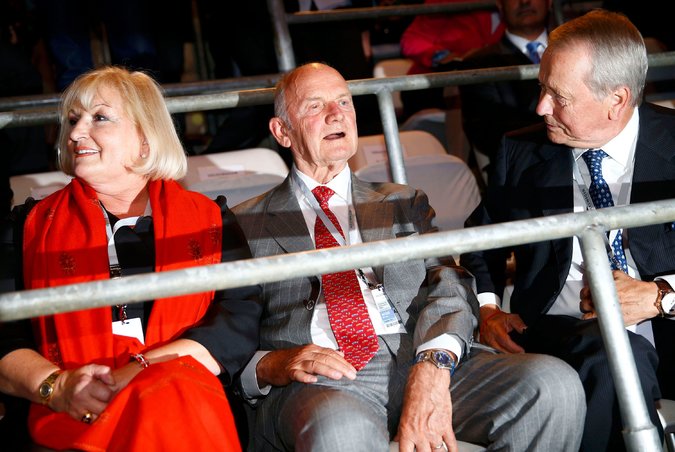A former kindergarten teacher, Ursula Piëch was elected in 2012 to the company’s supervisory board.

Volkswagen employed nearly 600,000 people last year to produce about 10 million vehicles. By comparison, Toyota employed 340,000 to produce just under nine million vehicles.
A policy known as co-determination, or “Mitbestimmung”, requires company boards to be equally divided between workers and members elected by shareholders.
Although Ferdinand Porsche developed the first petroleum electric hybrid vehicle, the Volkswagen board has been slow to move on environmental issues, investing less in electric and hybrid engine technology than industry leaders.
“If you have electric cars and a coal fired plant producing the electricity, you gain nothing.”
Such attitudes are hardly confined to Volkswagen, and a willingness to circumvent environmental regulations may emerge at other automakers.
Source: Problems at Volkswagen Start in the Boardroom
